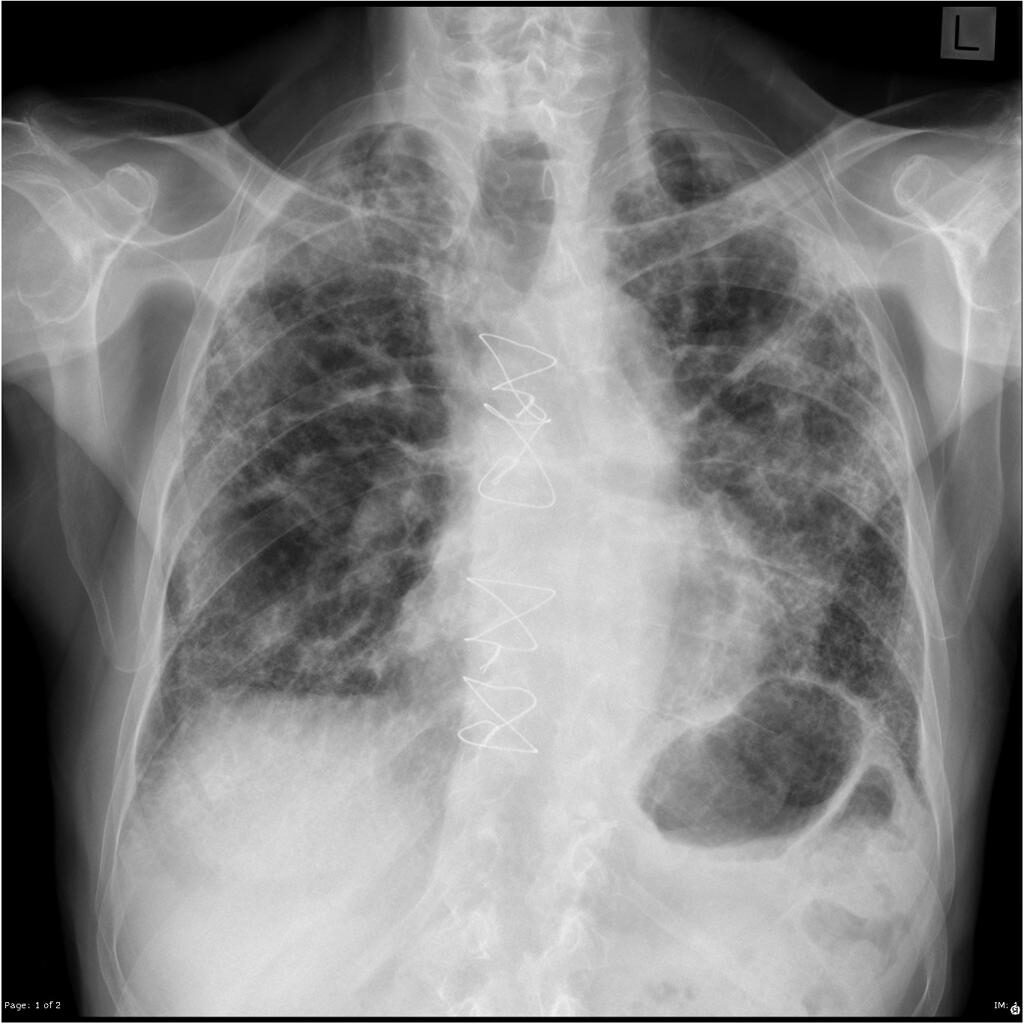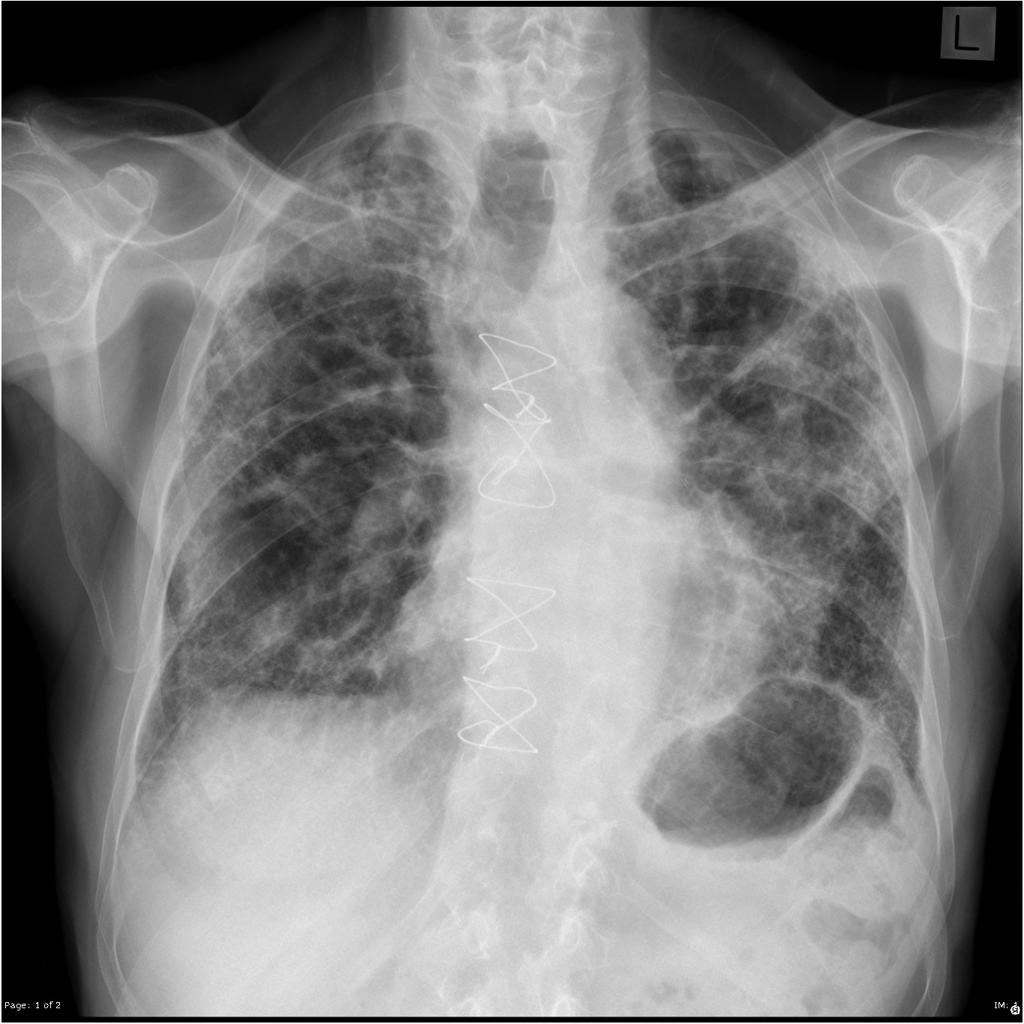
Each year in the United States 30,000-40,000 individuals are diagnosed with pulmonary fibrosis. We are going to take a look into what pulmonary fibrosis is and the pulmonary fibrosis treatment options available are. Continue reading to learn more about this manageable disease.
What Is Pulmonary Fibrosis
Pulmonary fibrosis is a disease of the lungs. When the tissues deep in the lungs become damaged or scarred the tissue becomes thick and stiff. Having pulmonary fibrosis makes it difficult to breathe and limits the amount of oxygen getting into your bloodstream.
There are various causes of the disease including the following:
- Environment pollutants
- Connective tissue diseases
- Interstitial lung disease
- Certain medications
These factors can cause pulmonary fibrosis, however, in many cases, there is no definitive cause. When the cause is not identified directly it is known as idiopathic pulmonary fibrosis.
Diagnosis
When pulmonary fibrosis begins it presents itself with a variety of symptoms such as:
- Clubbing of the fingertips and toes
- Dry cough or hack
- Fatigue
- Aches in the joints and muscles
- Weight loss
- Shortness of breath
A doctor will make a final diagnosis after reviewing information such as your medical history, biopsy results, lung function tests, and imaging. The currently is no cure for the disease, however, there are pulmonary fibrosis treatment options. These treatments can improve the quality of life and lessen the symptoms of the disease.
Treatment
Each case of pulmonary fibrosis is different. There are four stages and each requires unique treatments. The variety of symptoms can be treated to reduce pain and increase the quality of life. Let’s take a look at what the options are for treating this disease.
Medication
Currently, there are two approved medications for treating pulmonary fibrosis. They are called nintedanib (Ofev) and pirfenidone (Esbriet). These drugs work by slowing down the progression of the disease and making it easier to breathe. A doctor may also prescribe other medication such as corticosteroids to lessen inflammation and pain management medication.
Oxygen Therapy
Oxygen therapy is almost always needed when dealing with pulmonary fibrosis. Oxygen therapy works by having the patient carry a small oxygen tank with a mask or nasal tubes. Oxygen therapy helps keep the patient active and makes it easier to breathe.
Surgery
In some cases, a doctor may recommend surgery to treat pulmonary fibrosis. If the scarring on the lungs is severe a lung transplant will likely be recommended. This treatment is usually only used when all other treatment options are not helping.
Getting Pulmonary Fibrosis Treatment Today
As you can see there are options for pulmonary fibrosis treatment out there. Managing pain and the other symptoms of the disease gives the patient a better quality of life and can slow the progression of the disease.
Staying healthy amid the diagnosis is essential for those suffering from pulmonary fibrosis. Eating a healthy diet and trying to be as active as possible are good practices for those with the disease.
If you would like to read more from us on everything from healthcare to nutrition then check out the rest of our page today!
